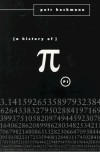 | A History of π by Petr Beckmann (189 pages): This is a great book written by an engineer. Consequently it is free of mathematical prejudices, but it is nonetheless a little outdated and full of strong opinions (especially about the former Soviet Union, which begins to detract from the focus of the book). There are some great chapters on Newton and Euler, and Beckmann always does a good job of including the people of the mathematics in addition to the actual topics. |
 | The Joy of π by David Blatner (123 pages): As informative as it is interesting, this light-hearted book discusses everything about π, from bizarre formulas to mnemonic devices. It reads very quickly and includes hundreds of trivia about everyone's favorite transcendental number. |
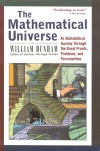 | The Mathematical Universe by William Dunham (296 pages): Simply "an alphabetical journey through the great proofs, problems, and personalities," as the cover states. The book touches on twenty-six mathematical topics of interest to the layman, from proofs of the Pythagorean Theorem to experimentation with integral calculus, but even the mathematically experienced reader will learn something new. |
 | The Divine Proportion by H. E. Huntley (178 pages): An exposition all about the "golden" ratio φ, this book wonderfully reveals the appearance of its eponym in hundreds of simple mathematical situations that are both surprising and though-provoking. It is quick to read and contains insight that is accessible to anyone into the beauty of mathematics. |
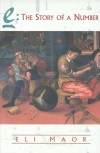 | e by Eli Maor (215 pages): At times Maor's book left me wondering how justified an entire work about e was, especially when written for an audience generally unfamiliar with the most common appearances of the number. As he writes himself, "The history of π goes back to ancient times; that of e spans only about four centuries." Consequently much of the book has little to do with e and instead consists of preliminary and background math needed to understand why, for instance, e is the ideal logarithmic base when finding derivatives and integrals. However, there are some surprisingly good parts in the book, including a few discussions of transcendental numbers and a great chapter on imaginary powers deriving properties of logarithms of complex numbers — which isn't seen by mathematics students until a class on complex analysis. |
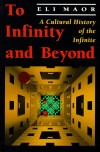 | To Infinity and Beyond by Eli Maor (259 pages): This book (unlike Maor's on e) adheres strictly to its topic, bringing to light a good amount of history and a good number of applications and oddities surrounding the properties of the infinite. I especially enjoyed the discussion of projective geometry, which is fascinating and wholly accessible to the non-mathematician, as well as the discussion of infinity in set theory. Also important is that this book reaches beyond mathematics; it explores infinity in physics, art, and philosophy, providing a rounded approach to the subject. |
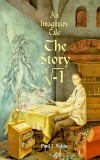 | The Story of √–1 by Paul J. Nahin (250 pages): Not a typical "math for the populous" book, this is an intriguing story written by an electrical engineer, which naturally makes the subjects more applied. Nahin includes some great stories, a lot of equations, and several historical notes of interest that make the book complete. |
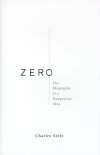 | Zero by Charles Seife (230 pages): "The Biography of a Dangerous Idea," this book details the history of 0 (both the number and the concept), noting its role in many major mathematical developments along the way. As the author fully realizes and conveys, the development of 0 remarkably parallels that of infinity, making for a wonderful trip through mathematics. |
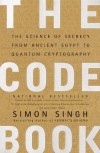 | The Code Book by Simon Singh (350 pages): This book is a delightful tour of the history of encryption with in-depth appendices and several cipher-cracking challenges for the reader. Encryption techniques of history are described clearly and in detail. It includes a surprisingly good explanation of the basics of quantum mechanics and its pertinence to cryptography. |
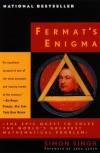 | Fermat's Enigma by Simon Singh (285 pages): This is the complete story of Fermat's Last Theorem, told by the mathematician who directed the NOVA documentary. It is quite broad in its emphases but manages to provide a detailed account of both the history and progress of the proof of the theorem without a large detour into the actual mathematics. |
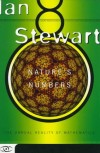 | Nature's Numbers by Ian Stewart (150 pages): Written primarily for people interested in math (theoretically perhaps) but not necessarily mathematically adept, Nature's Numbers is an interesting view of math without math. Stewart brings to the reader's attention many fascinating patterns and similarities between phenomena of vastly different scales, linking most everything in nature to life-like processes. It includes an enlightening discussion on chaos. |